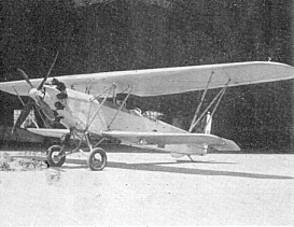Killing of Tito Minniti
[citation needed] According to one version of events, Minniti and Zannoni fought the Army of the Ethiopian Empire soldiers who approached.
This version of events relied on the assertions of an attaché of the Egyptian Red Cross, Abdel Mohsein El Uisci, who later testified to the League of Nations and stated that the severed head and feet of Minniti were carried to the towns of Degehabur, Jijiga and Harar.
Then their officer Manghestu undressed him (while the Italian was screaming in pain) and cut his sexual organ with a knife.... he died slowly of blood loss.
El Uisci, again in Dagabur, said he had also witnessed the torture of another Italian soldier, who was mutilated, impaled and then transported on a stake, which pierced a metal bar that was lying on the back of two camels.
[citation needed] In 1937, journalist and historian Indro Montanelli interviewed one of the Ethiopians who killed Minniti, who confirmed El Uisci's account.
[1] He even ordered leaflets to be dropped, saying: "You have beheaded one of our airmen, infringing all human and international laws, under which prisoners are sacred and deserve respect.
[1] After the war, the bodies of Minniti and Zannoni were found, 200 metres from the downed aircraft, but the remains were too decayed and damaged by wild animals for the manner of their death to be determined.
A heroic version of his last hours was circulated, according to which the plane was forced down by enemy anti-aircraft fire rather than by mechanical problems.
Overwhelmed by the number and ferocity of the barbarian enemy he gloriously lost his life: a shining example of high military virtues, proud spirit of sacrifice and indomitable Italian values".
The Italian sculptor Arturo Martini created a memorial entitled "Tito Minniti Hero of Africa" in 1936, depicting his headless naked body tied to a tree in a cruciform pose.
Tito Minniti, an Italian aviator compelled by engine trouble to alight within the enemy lines, appeared to the Ethiopians as if he were about to surrender.
[11]Main colonial governors: Agenore Frangipani; Guglielmo Nasi; Enrico Cerulli; Pietro Gazzera; Luigi Frusci; Alessandro Pirzio Biroli
